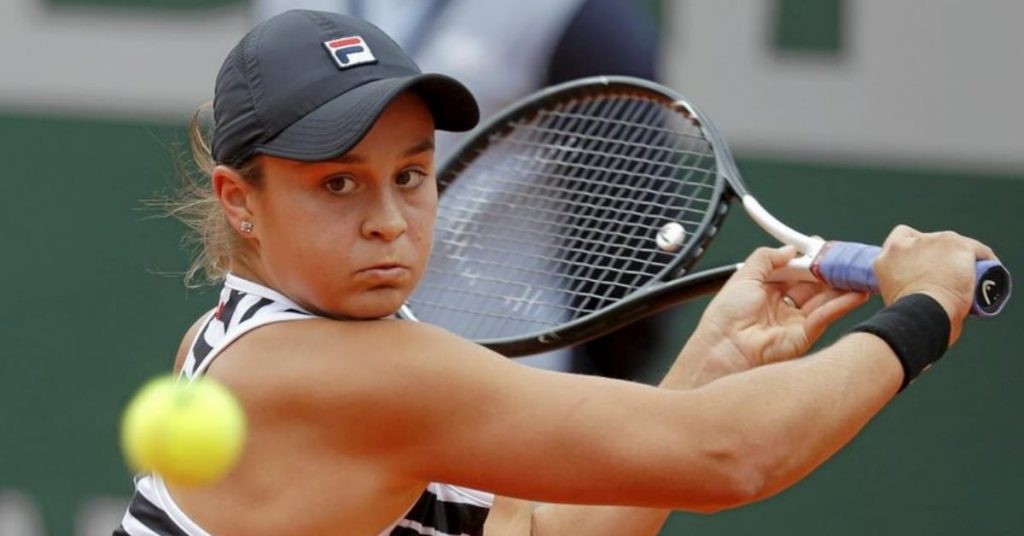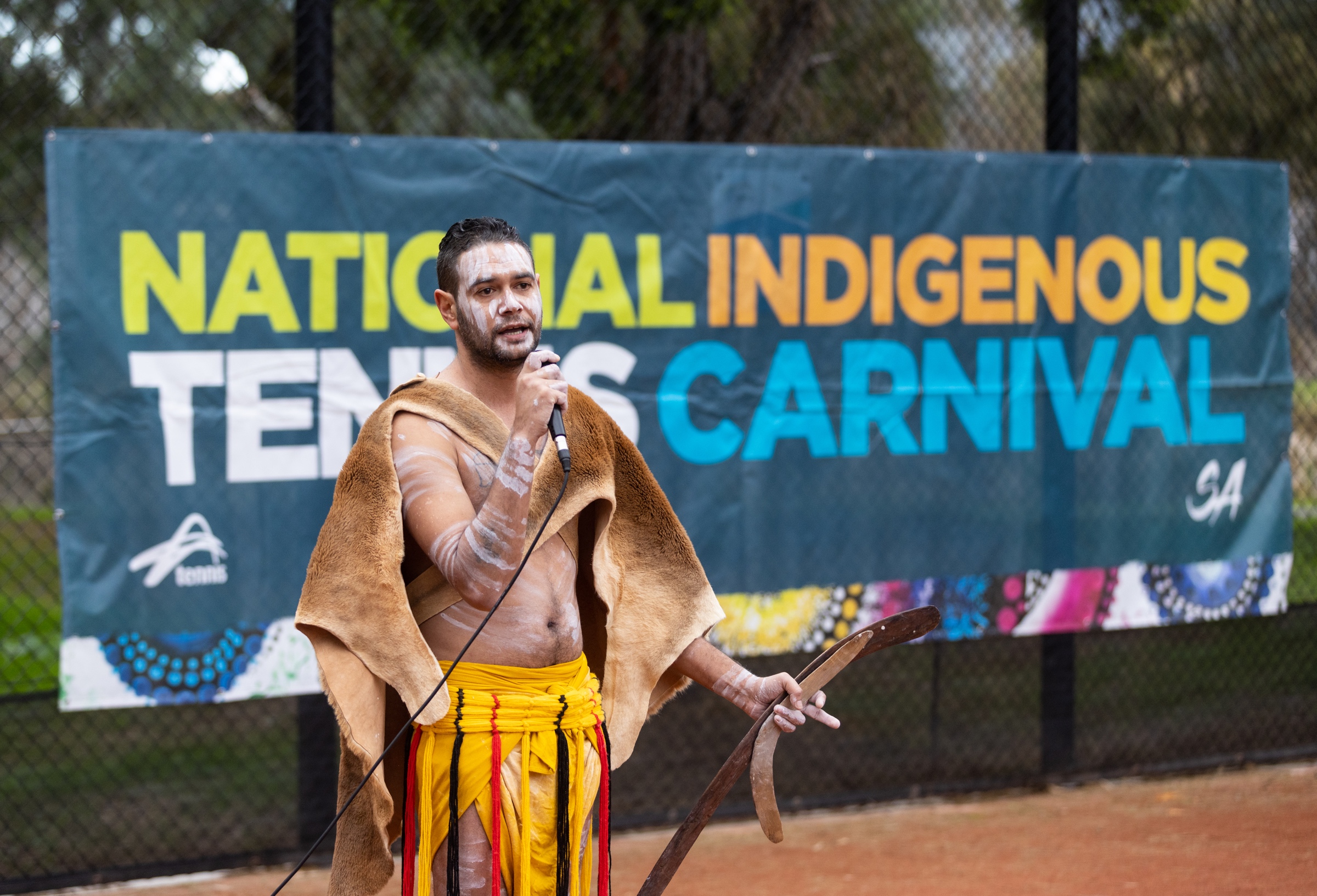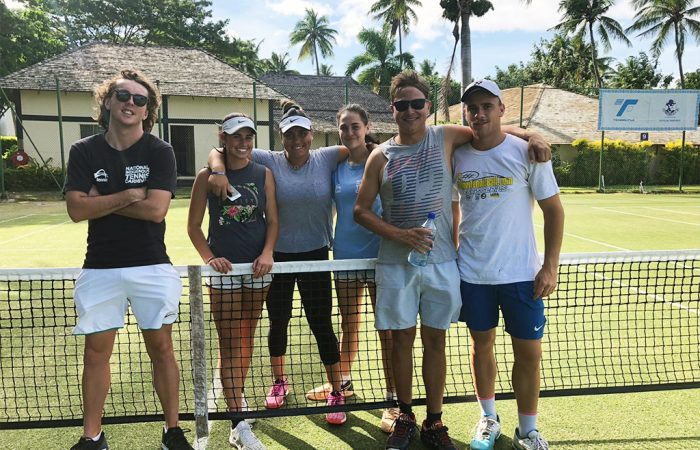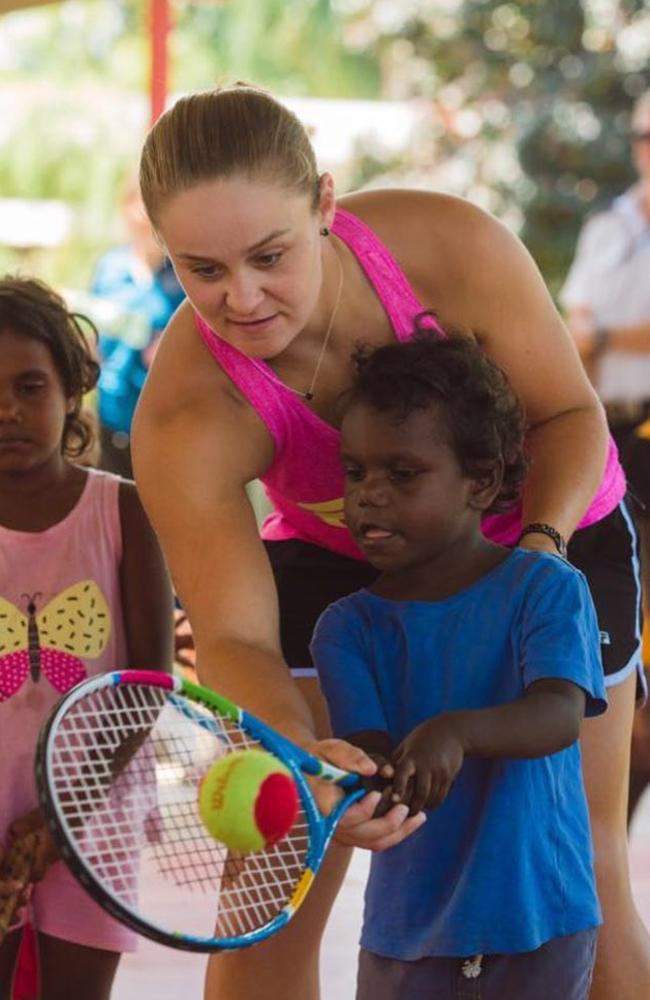Breaking Barriers: The Rise of Indigenous Tennis Stars
Breaking Barriers: The Rise of Indigenous Tennis Stars
The world of tennis has long been dominated by players from Europe, North America, and Australia. But in recent years, a new wave of talent has emerged from unexpected corners of the globe, including Indigenous communities. These athletes are not only shattering stereotypes but also inspiring a new generation of players and paving the way for greater inclusivity in the sport.
A Legacy of Resilience and Talent
Related Articles: Breaking Barriers: The Rise of Indigenous Tennis Stars
- Weaving Stories In Bloom: Exploring The Art Of Indigenous Floral Drawings
- The Rich Tapestry Of Aboriginal Languages: Exploring The Alphabet And Beyond
- Embracing Indigenous Beauty: A Guide To Australian Aboriginal Girl Names
- Weaving Worlds: The Profound Meaning Of Storytelling For Aboriginal Peoples
- A Tapestry Of Time: Exploring Key Beliefs In Aboriginal Spirituality
For centuries, Indigenous communities around the world have possessed a deep connection to the land and a strong sense of community. These values, coupled with a natural athleticism honed through generations of physical activity, have laid the foundation for the emergence of exceptional tennis players.
In Australia, where the Indigenous population has a rich history of sporting achievements, tennis has become a platform for showcasing their talent and resilience. From the legendary Evonne Goolagong Cawley to the rising star Ash Barty, Indigenous Australians have left an indelible mark on the sport.
Evonne Goolagong Cawley: A Pioneer for Indigenous Tennis
Evonne Goolagong Cawley, born in 1951, is widely considered one of the greatest tennis players of all time. She was the first Indigenous woman to achieve global success in the sport, winning seven Grand Slam singles titles, including four Wimbledon championships. Her elegant style and powerful groundstrokes captivated audiences worldwide, making her a true icon.
Goolagong Cawley’s achievements transcended the tennis court. She became a symbol of hope and inspiration for Indigenous Australians, demonstrating that they could excel in any field they chose. Her legacy continues to inspire young Indigenous players to pursue their dreams and break down barriers.
Ash Barty: A Modern-Day Champion
Ash Barty, born in 1996, is another shining example of Indigenous excellence in tennis. The former world No. 1, she won three Grand Slam singles titles, including the 2022 Australian Open, becoming the first Australian woman to achieve this feat in 44 years.
Barty’s journey to the top was marked by her unwavering determination and her ability to adapt her game to different surfaces. She also became a role model for young Indigenous Australians, using her platform to advocate for social justice and inspire the next generation of players.

Beyond Australia: Indigenous Tennis Stars Around the World
The impact of Indigenous tennis players extends beyond Australia. In the United States, players like the late Zina Garrison, who reached the Wimbledon finals in 1990, and the rising star, Taylor Townsend, have made significant contributions to the sport.
In Canada, players like the former Davis Cup captain, Martin Laurendeau, and the rising star, Leylah Fernandez, are inspiring a new generation of Indigenous athletes.
Challenges and Opportunities
While Indigenous tennis players have made significant strides, they still face unique challenges. Access to resources, including quality coaching and facilities, remains a barrier for many. Systemic inequalities and cultural biases can also hinder their progress.

However, these challenges are also opportunities for positive change. By fostering inclusive environments and providing equal opportunities, the tennis community can empower Indigenous athletes to reach their full potential.
The Future of Indigenous Tennis
The future of Indigenous tennis is bright. With increasing awareness and support, more young Indigenous players are discovering the joy and passion of the sport. Initiatives like the Indigenous Tennis Foundation in Australia are providing vital resources and mentorship, creating a pathway for the next generation of stars.
The emergence of Indigenous tennis players is not just about individual success; it’s about a broader movement for social justice and inclusion. By celebrating their achievements and supporting their journey, we can create a more equitable and diverse tennis community for everyone.
FAQs

Q: What are the challenges faced by Indigenous tennis players?
A: Indigenous tennis players face challenges such as limited access to resources, including quality coaching and facilities, systemic inequalities, and cultural biases.
Q: What are some initiatives supporting Indigenous tennis players?
A: Initiatives like the Indigenous Tennis Foundation in Australia provide resources, mentorship, and pathways for young Indigenous players.
Q: How can we promote inclusivity in tennis for Indigenous athletes?
A: We can promote inclusivity by fostering inclusive environments, providing equal opportunities, and celebrating the achievements of Indigenous tennis players.
Q: What are the benefits of having more Indigenous players in tennis?
A: More Indigenous players in tennis contribute to a more diverse and equitable sport, inspire young Indigenous athletes, and break down stereotypes.
Q: What are some ways to support Indigenous tennis players?
A: You can support Indigenous tennis players by attending their matches, following their careers, and donating to organizations that support their development.
The stories of Indigenous tennis stars are a testament to their resilience, talent, and determination. By embracing their contributions and creating a more inclusive environment, we can ensure that the future of tennis is bright for all players, regardless of their background.

Closure
Thus, we hope this article has provided valuable insights into Breaking Barriers: The Rise of Indigenous Tennis Stars. We appreciate your attention to our article. See you in our next article!



